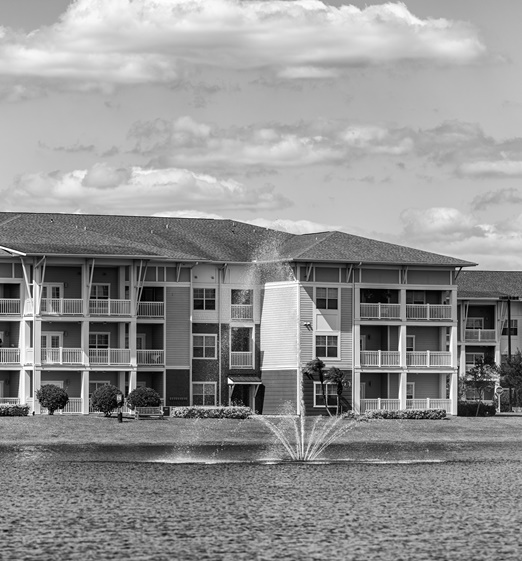Casualty Insurance
Amwins delivers primary and excess casualty insurance solutions for your clients' most complex risks.

Casualty Insurance
Amwins delivers primary and excess casualty insurance solutions for your clients' most complex risks.

Custom solutions and market clout at your fingertips
With more than 1,000 dedicated casualty professionals across the country, collaboration is in our DNA. Amwins delivers trusted consultation, market access and creative program structures to place coverage for even the most complex and layered accounts —providing value-added resources, unmatched service and expertise every step of the way.
$11.3B
annual U.S. premium placements
1,000+
dedicated professionals
700
casualty markets we place business with
Casualty areas of specialty
Data & Analytics
We harness our robust, proprietary data (Amwins DNA) to provide benchmarking and other useful reports, develop innovative products, and much more.
Claims advocacy
In-house claim advocates that help resolve coverage disputes, service issues, valuation discrepancies, and payment challenges.
Custom product development
Casualty resources + insights
Stay up to date on emerging casualty insurance trends and topicsFilling excess placements despite changes in exposure.
When an insured with five New York City hotels converted operations to COVID-19 shelters for the local homeless population, the change in exposure threw a wrench in the renewal. While the general liability carrier stayed on the account, the excess carrier discontinued coverage. The retail agent contacted Amwins to fill the excess coverage for these locations.
With a local government agency managing and operating these shelters, the insured’s exposure was lessened. However given the venue, occupancy and market conditions, filling out the program was still an uphill climb. Through our market access and industry expertise, we were able to fill the policy with just two layers - securing a big win for our retail client and their insured.





